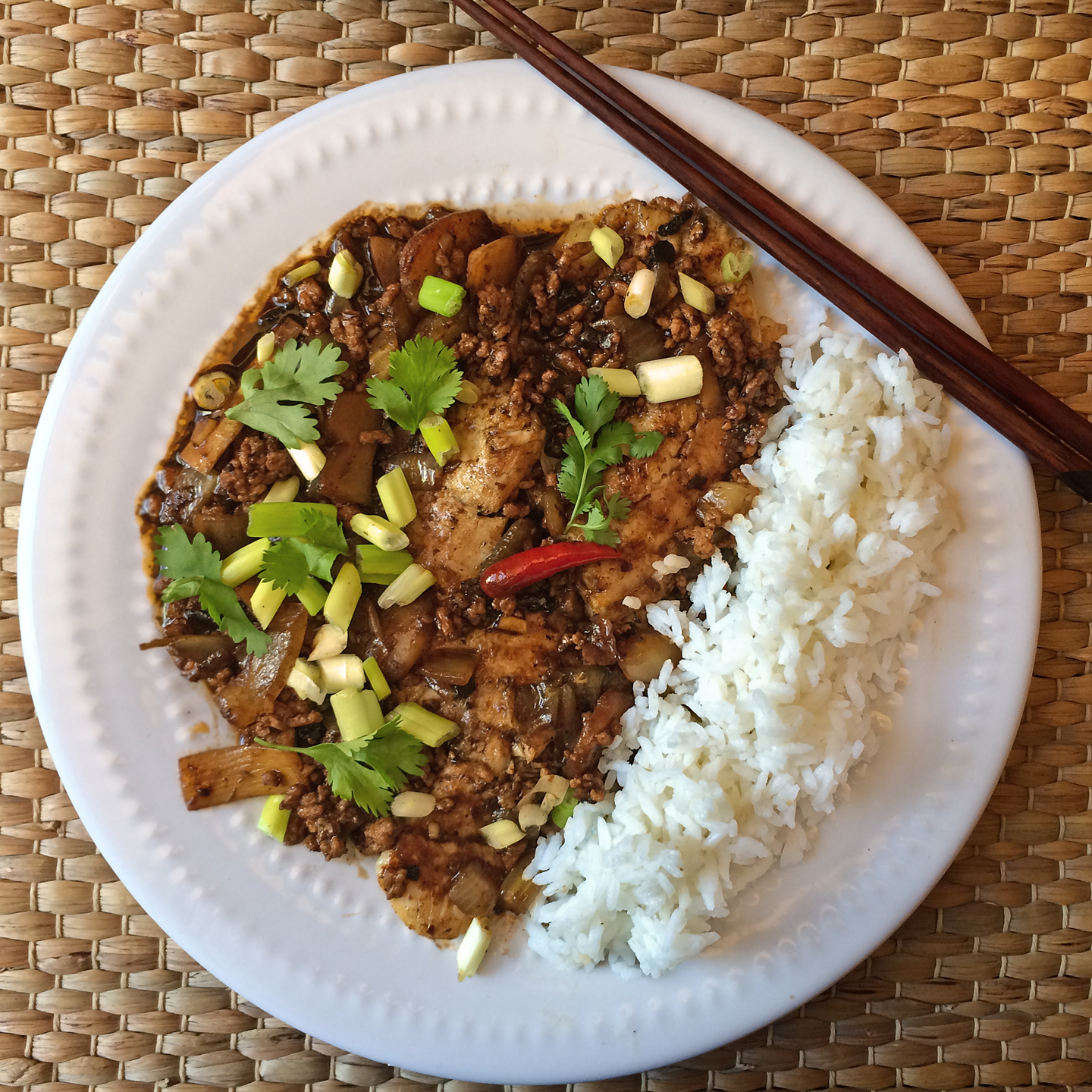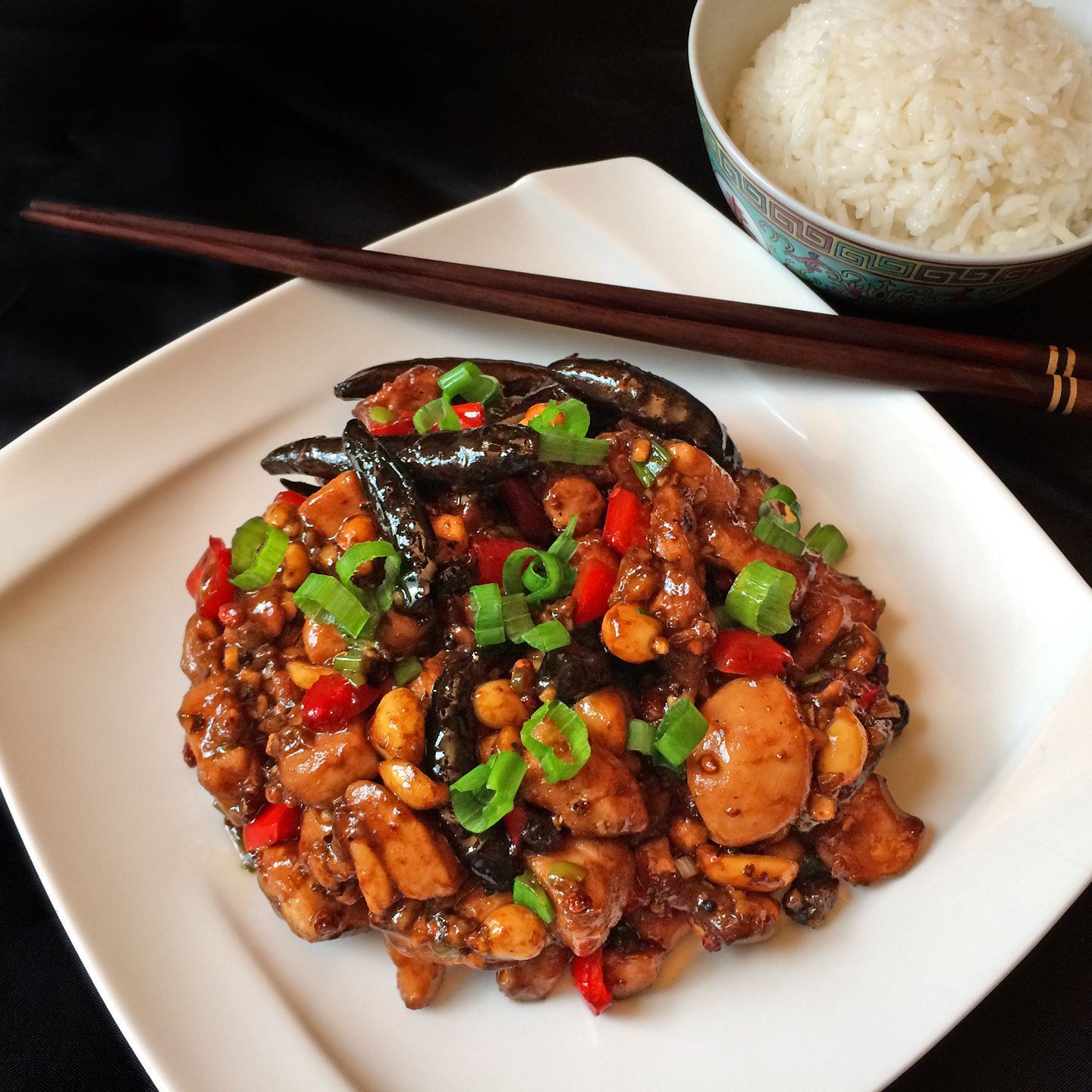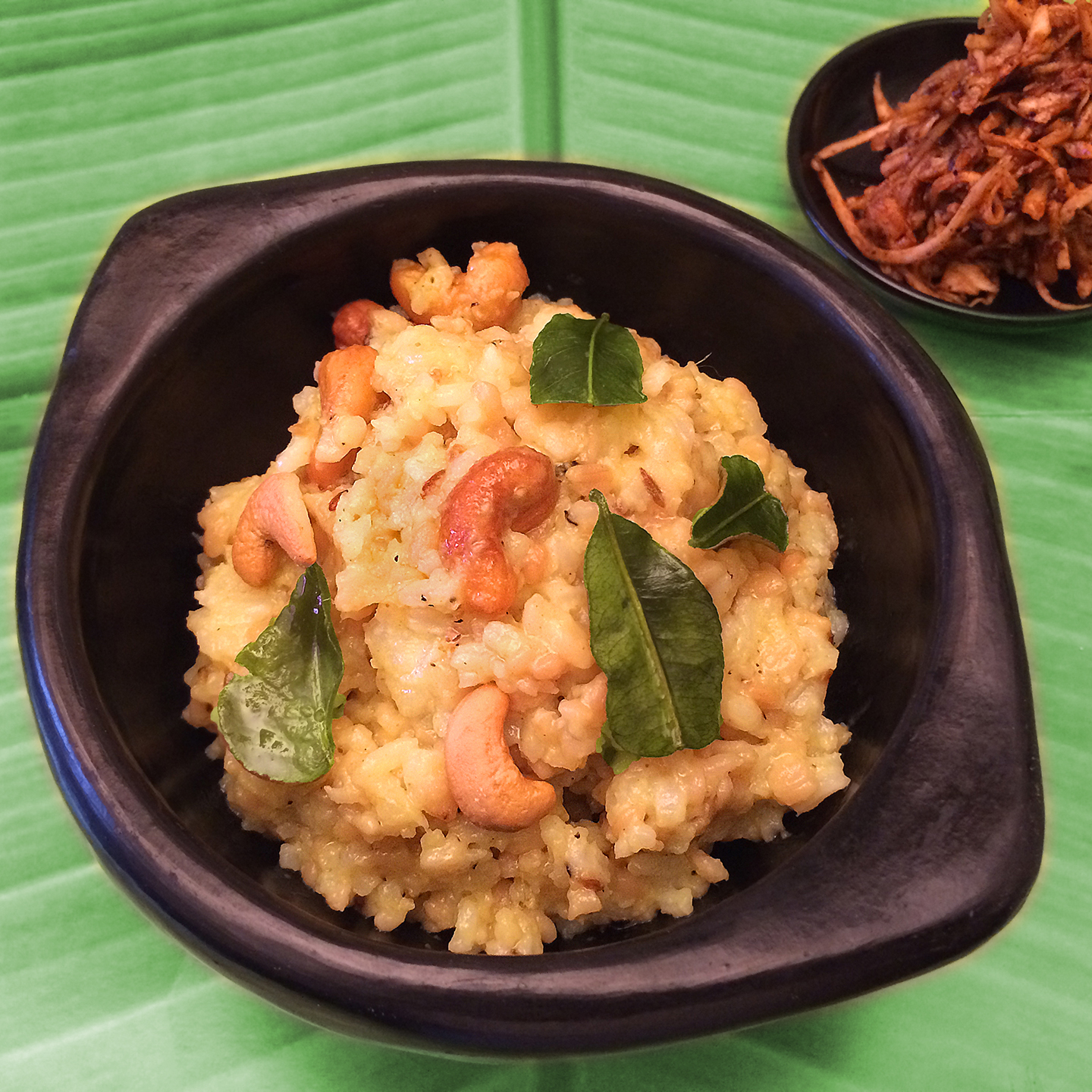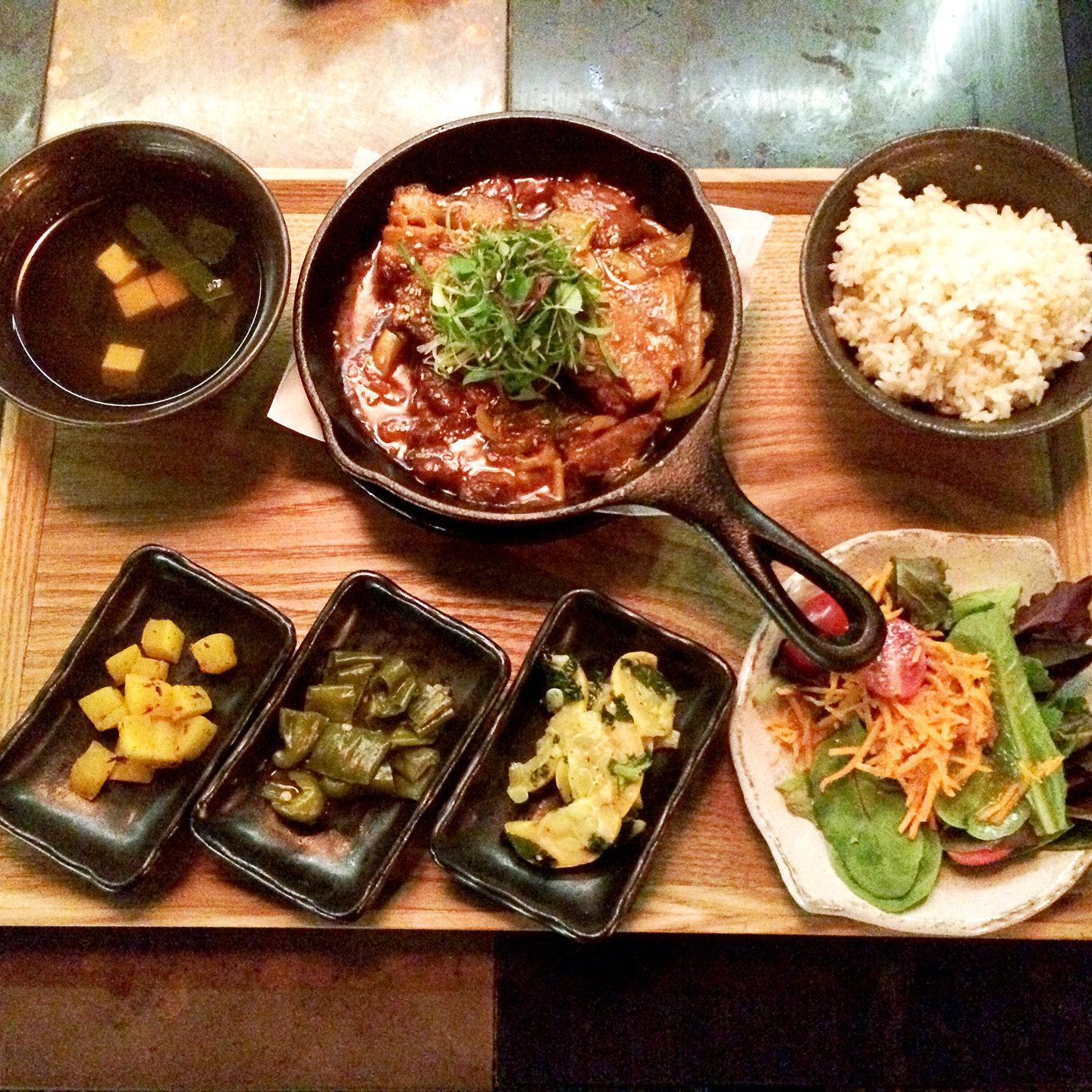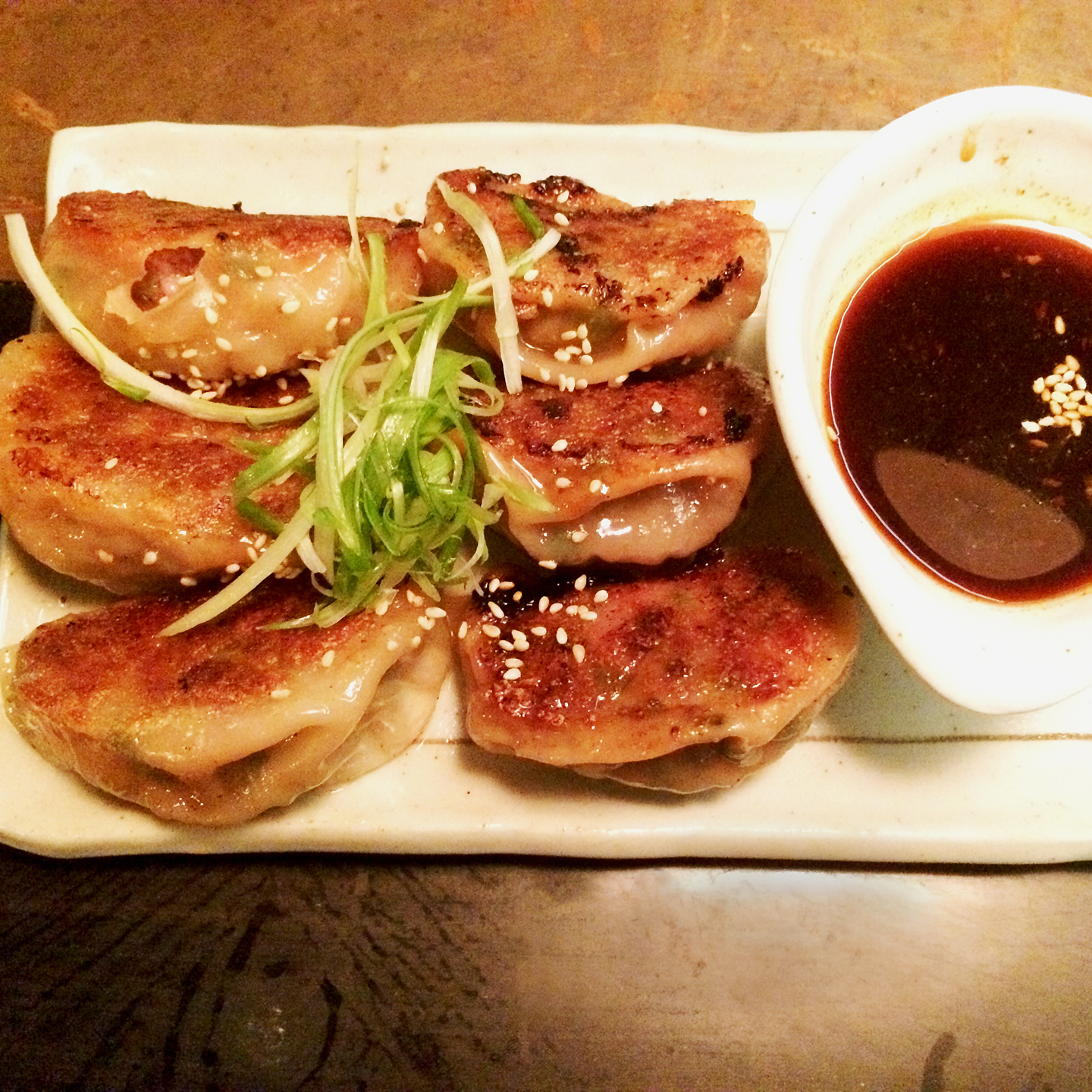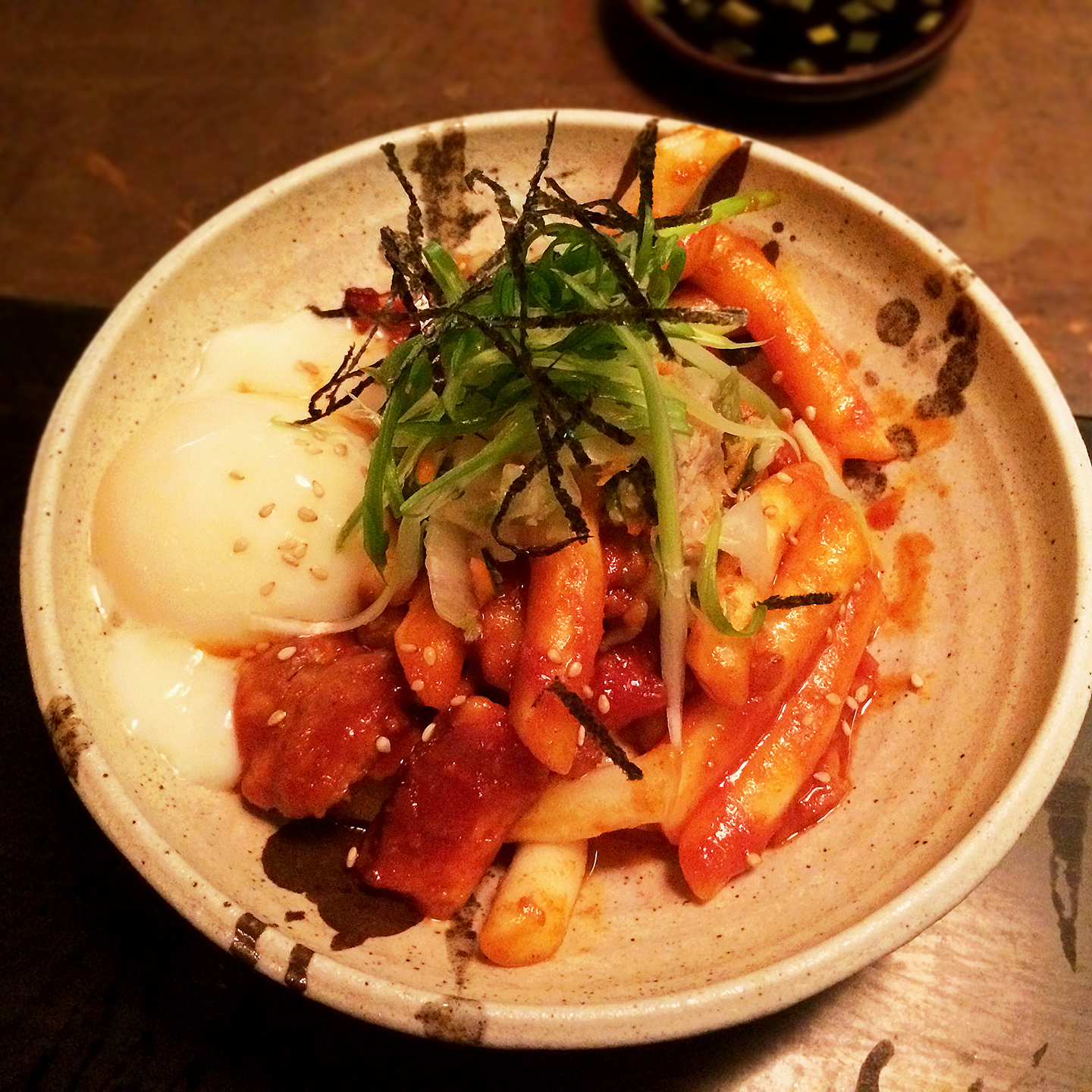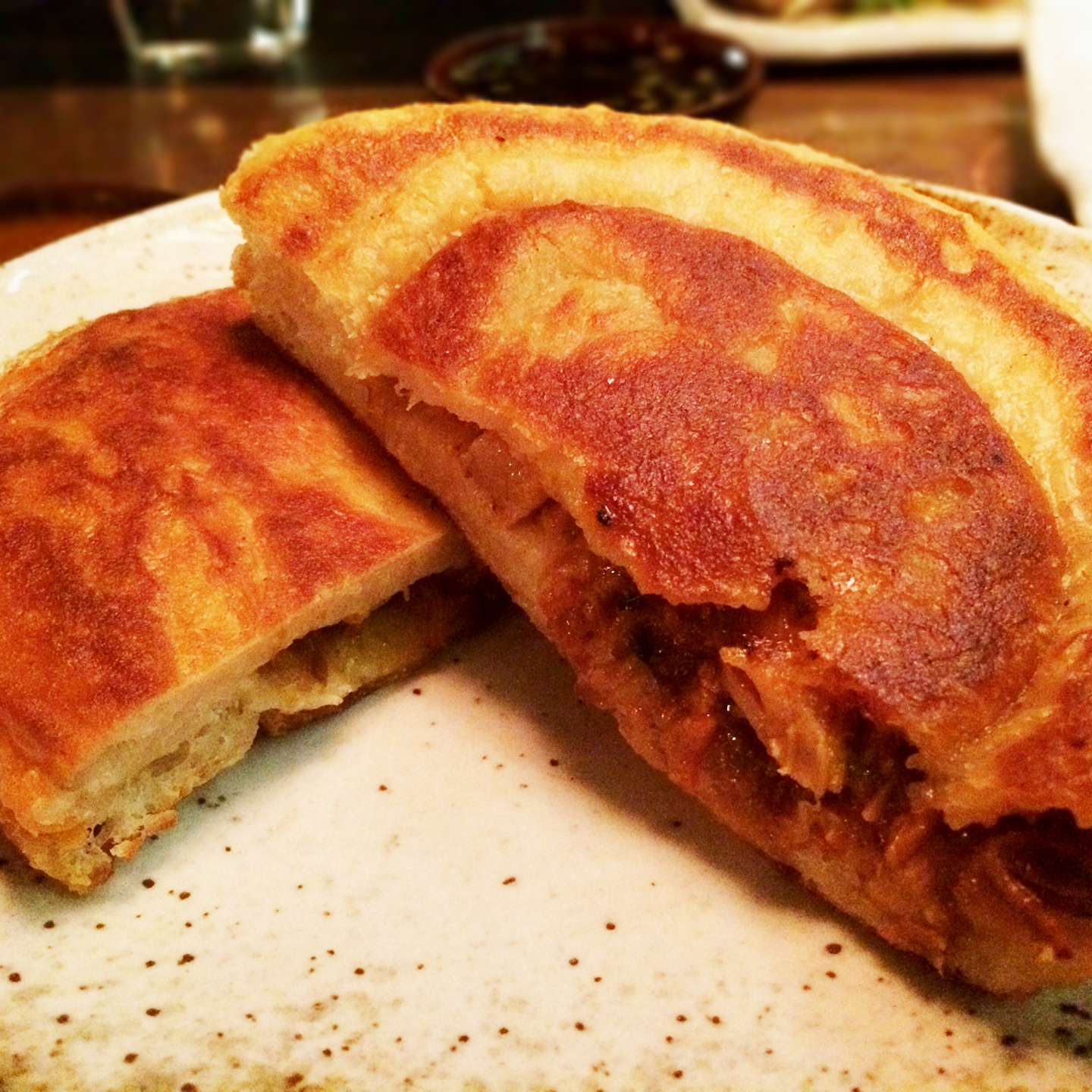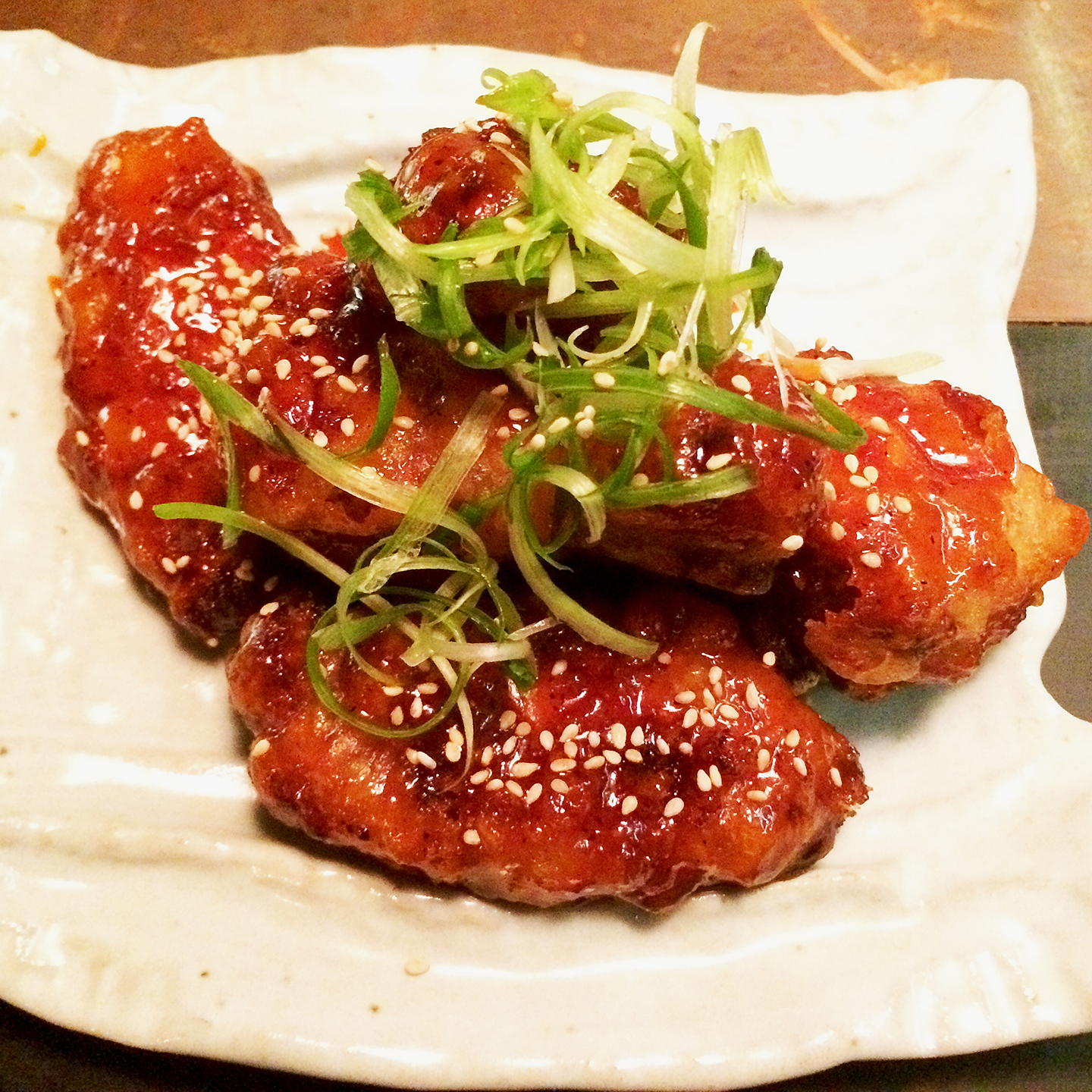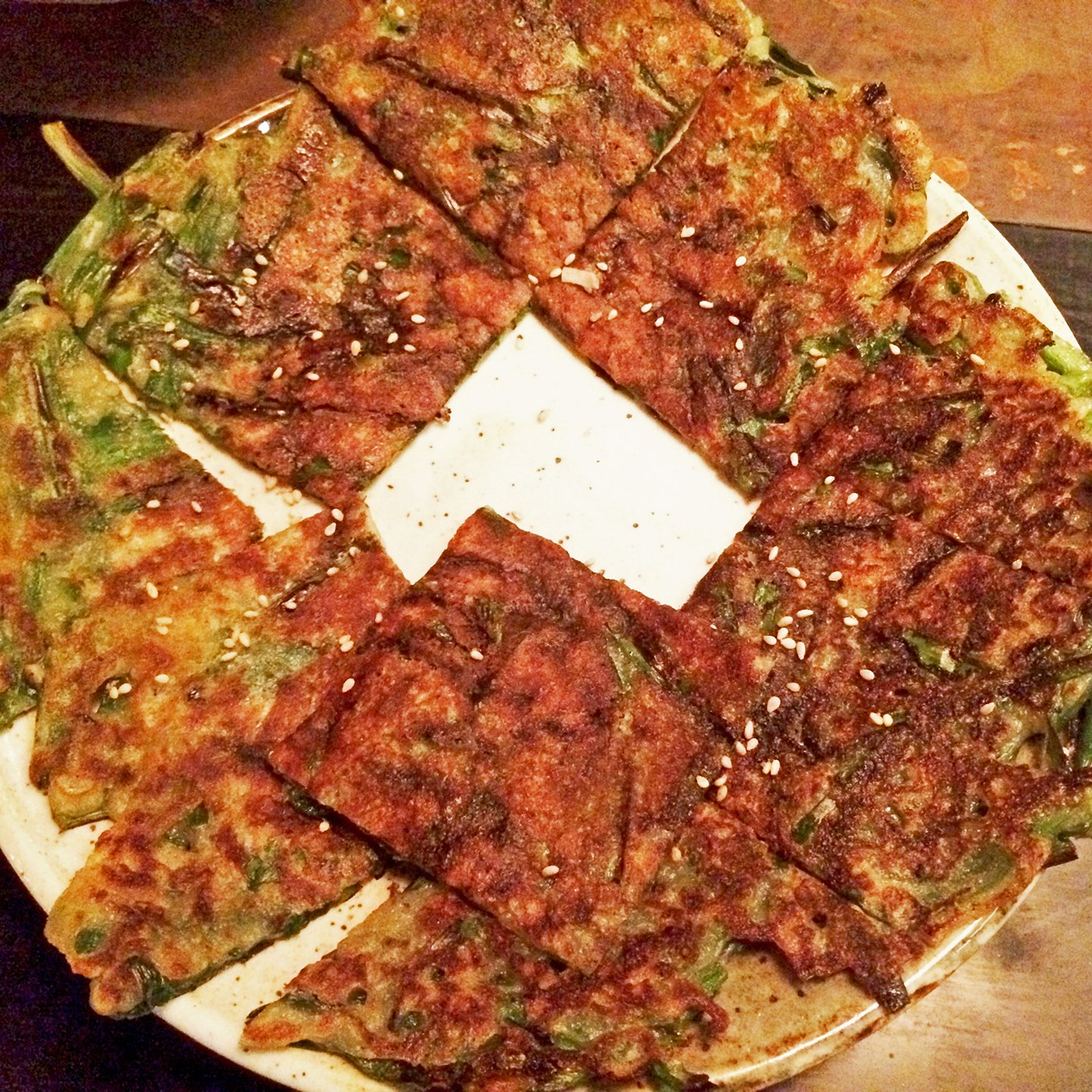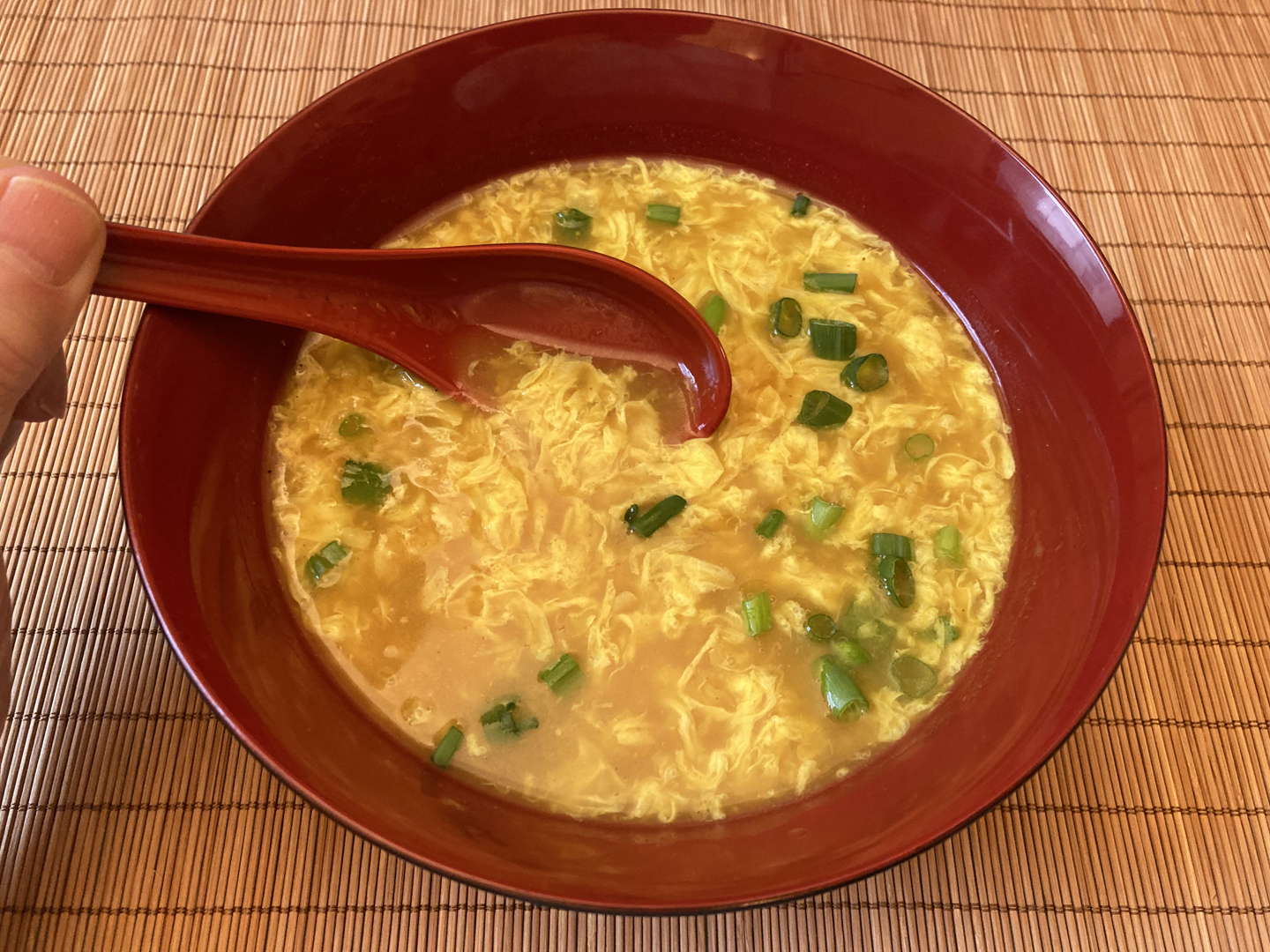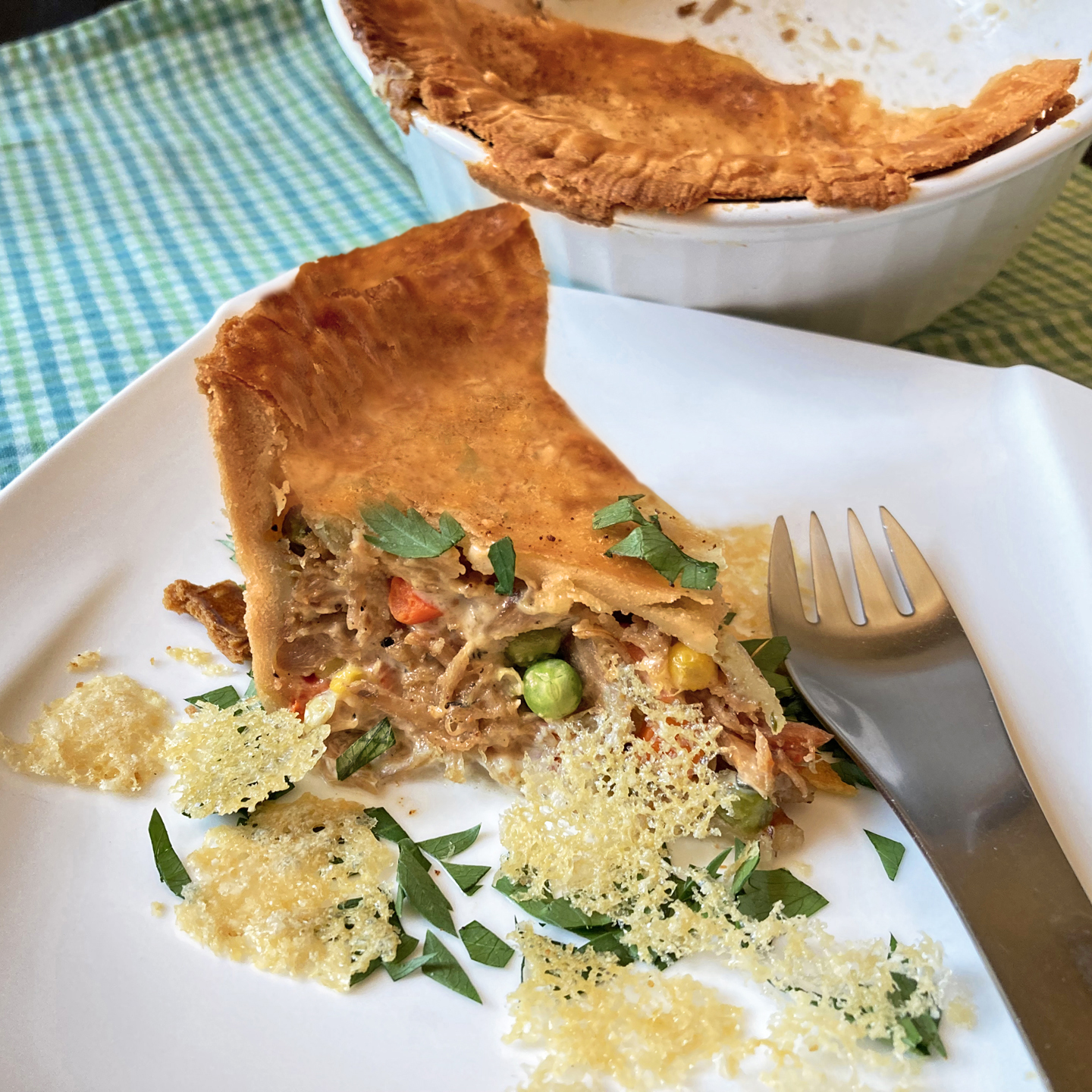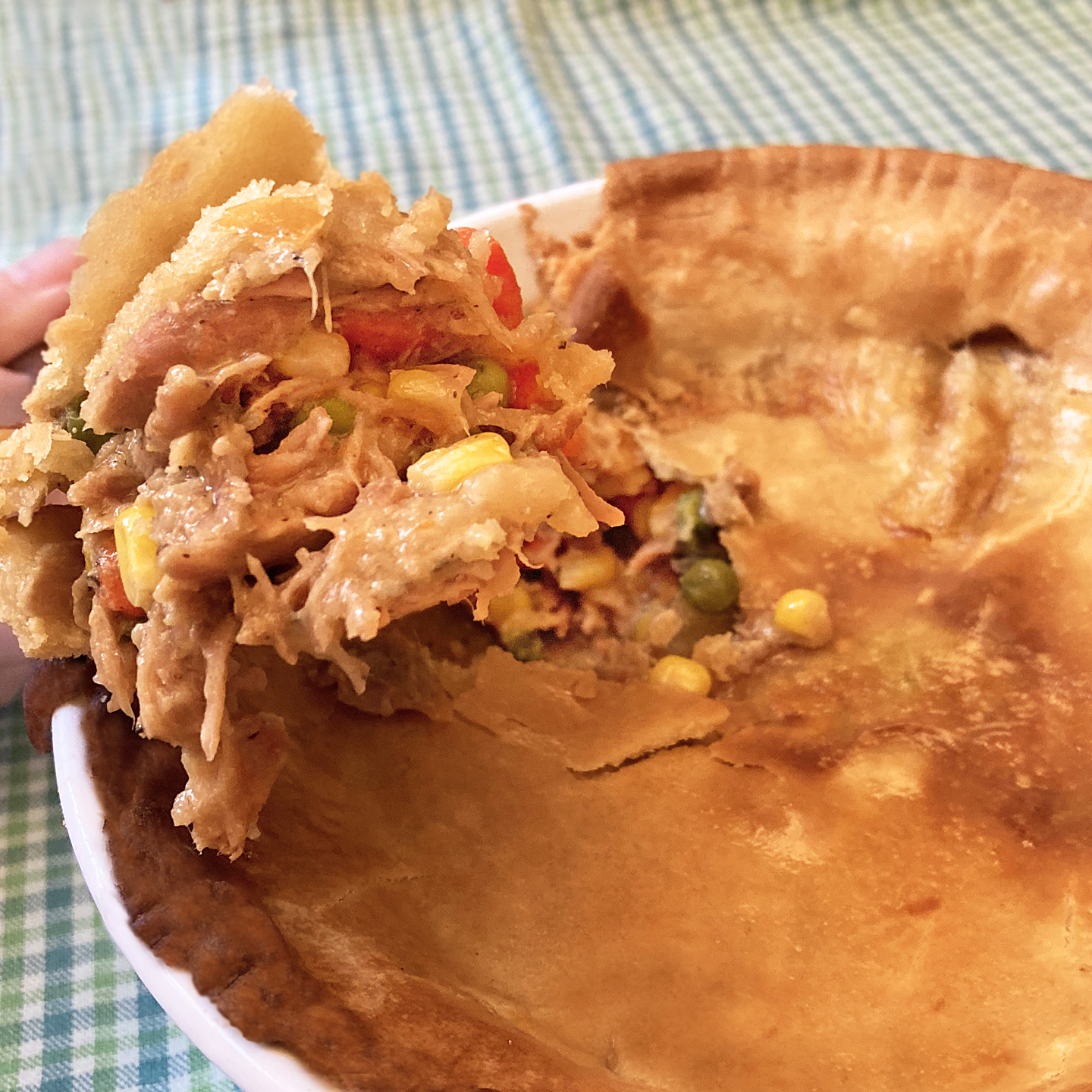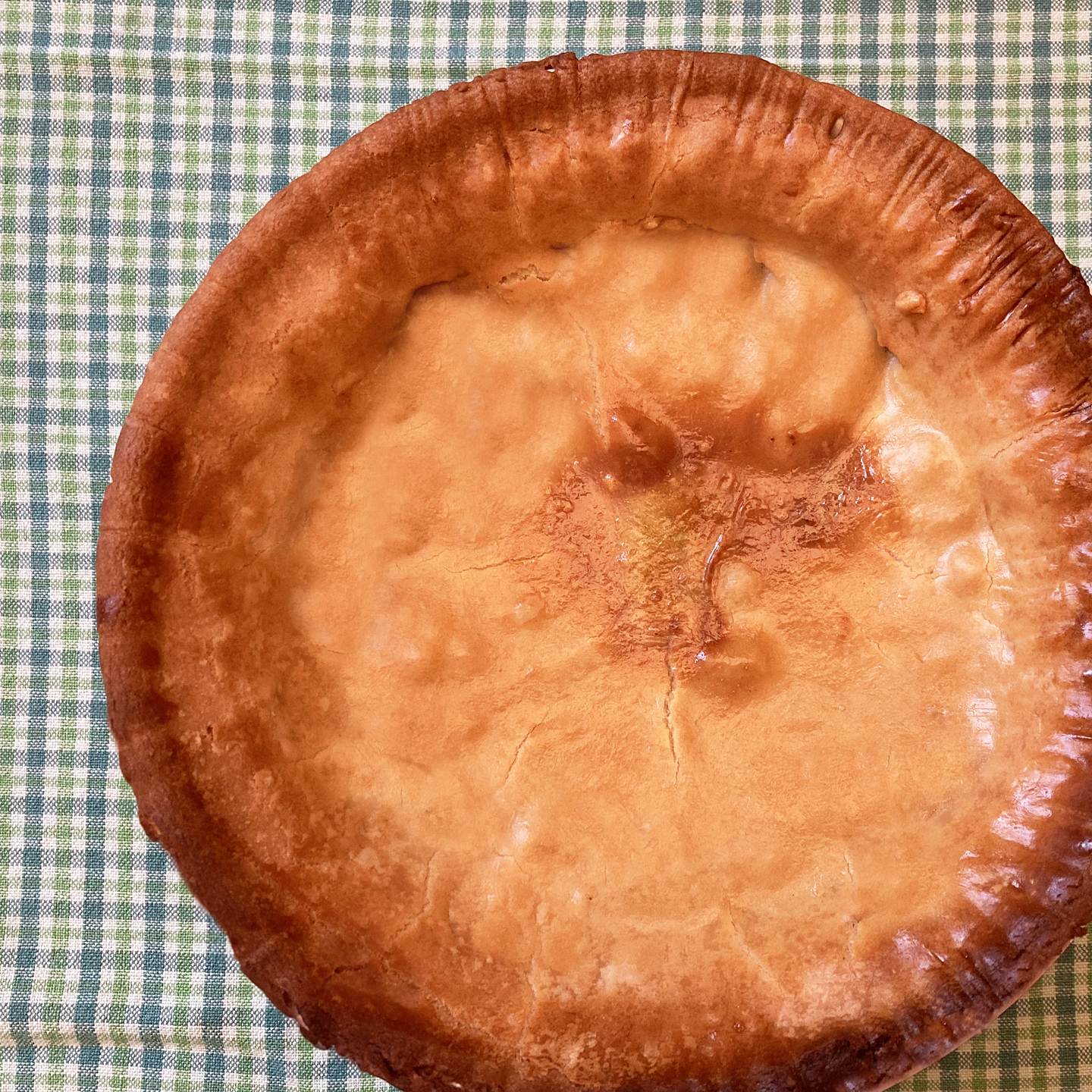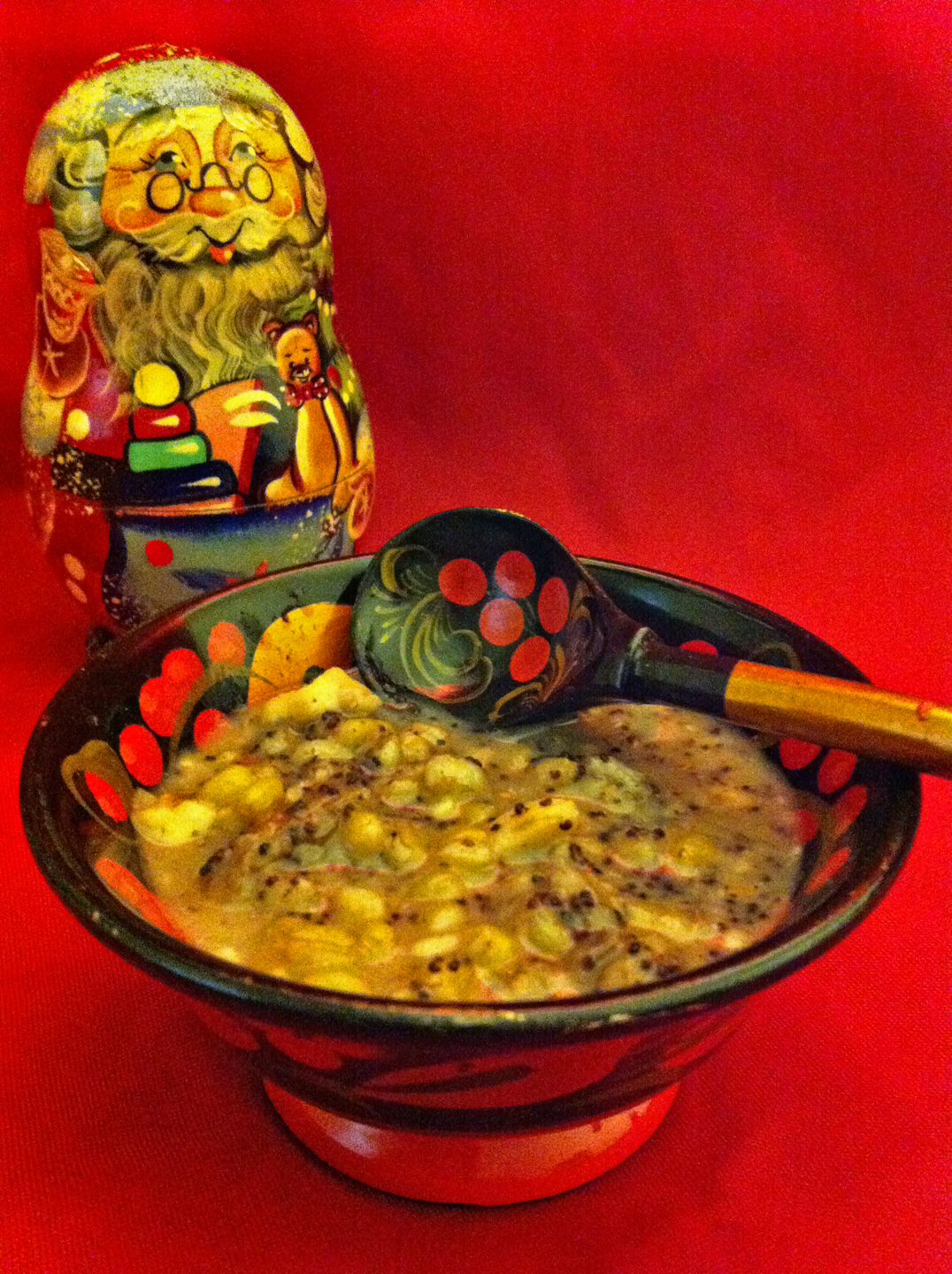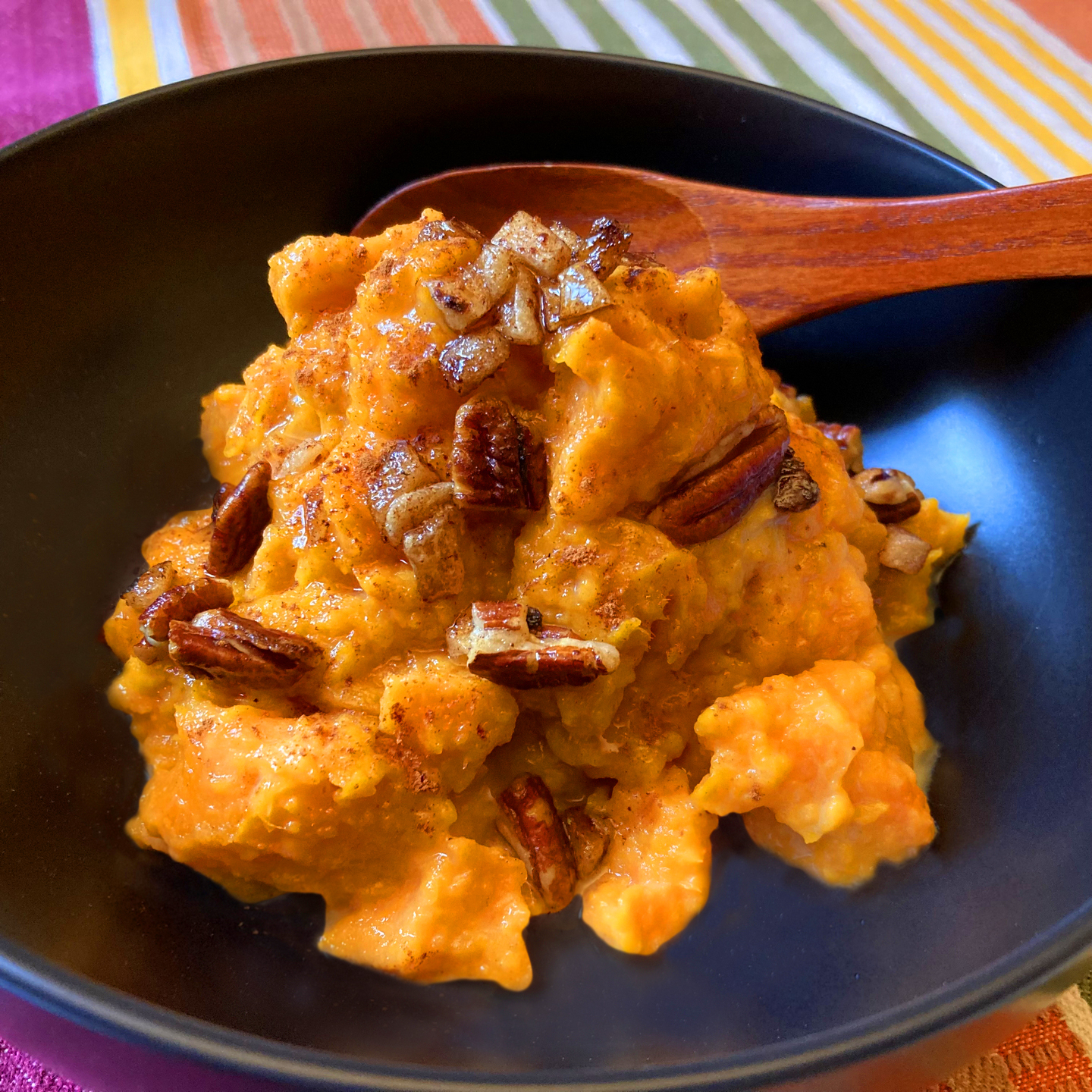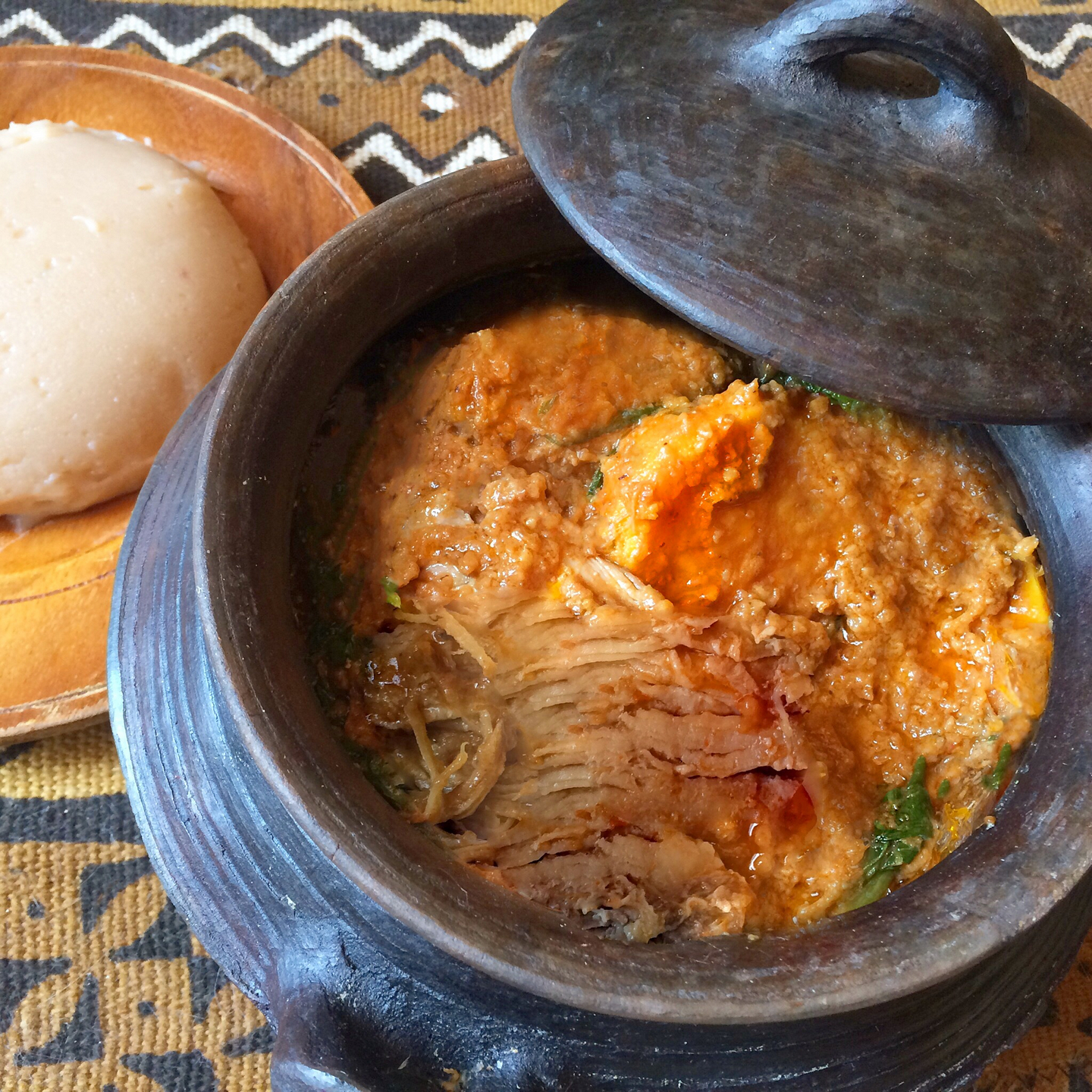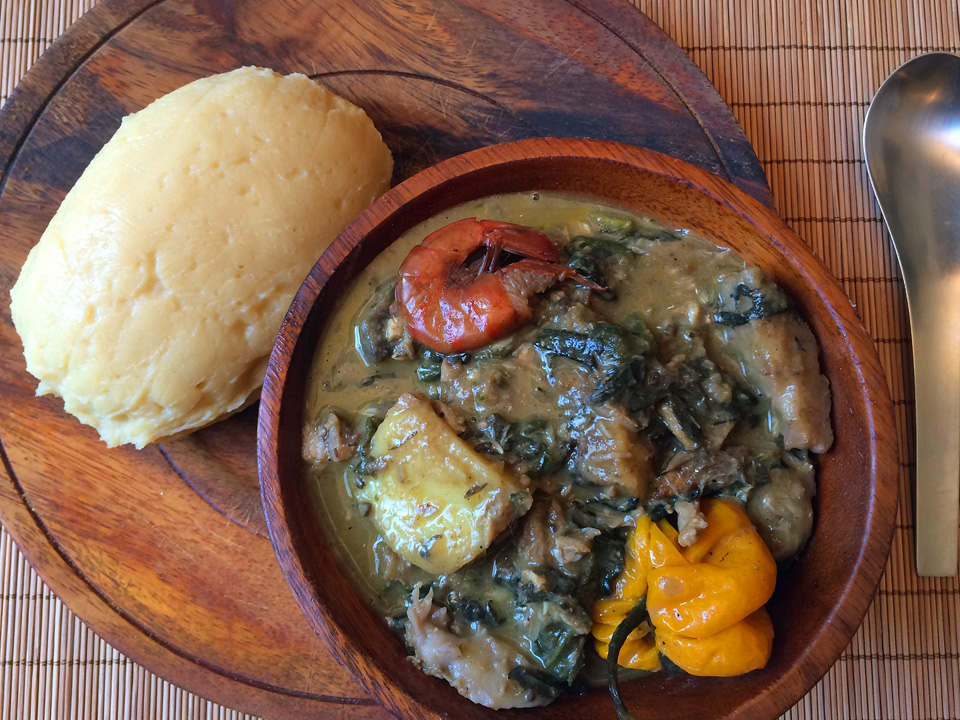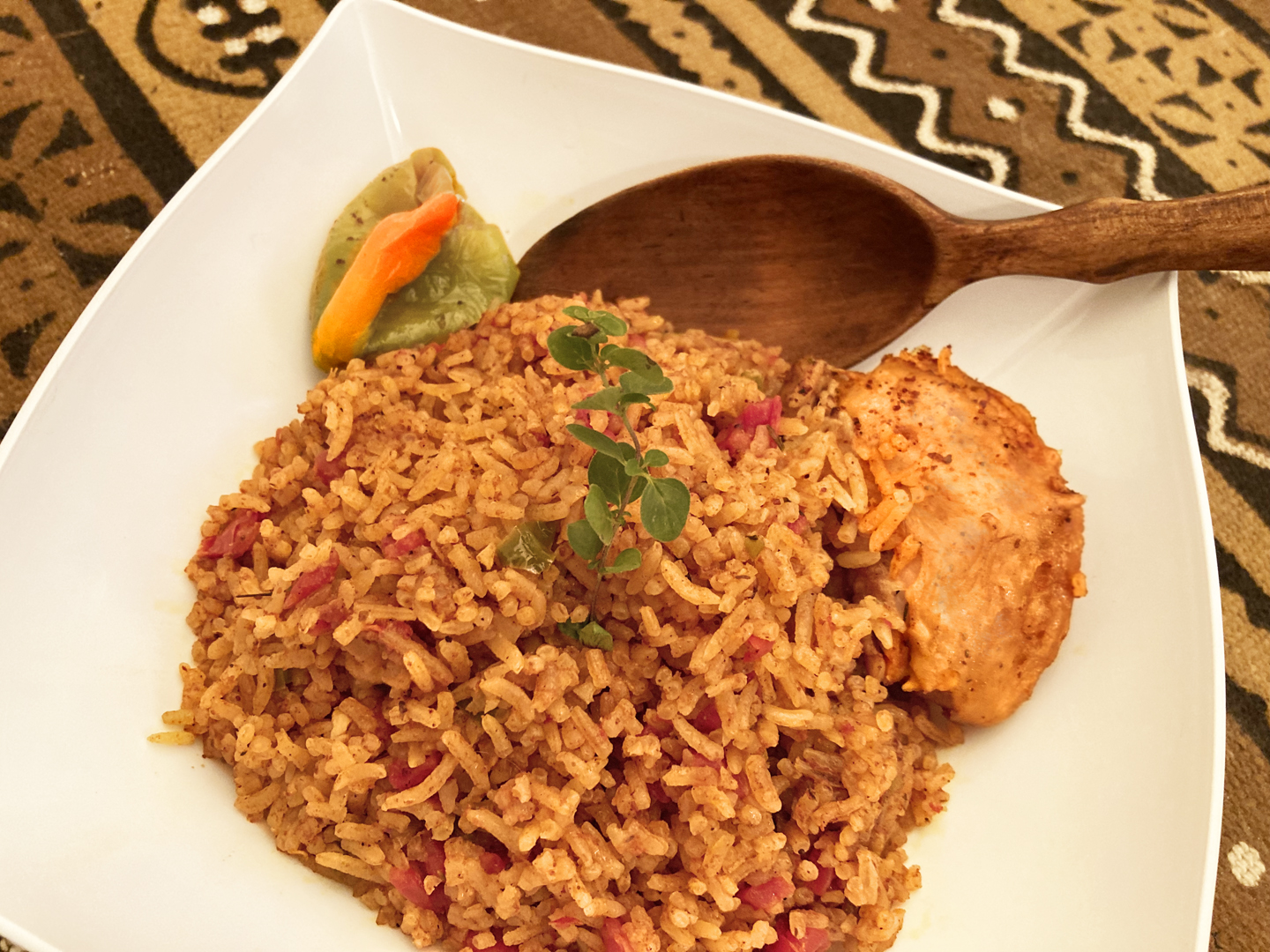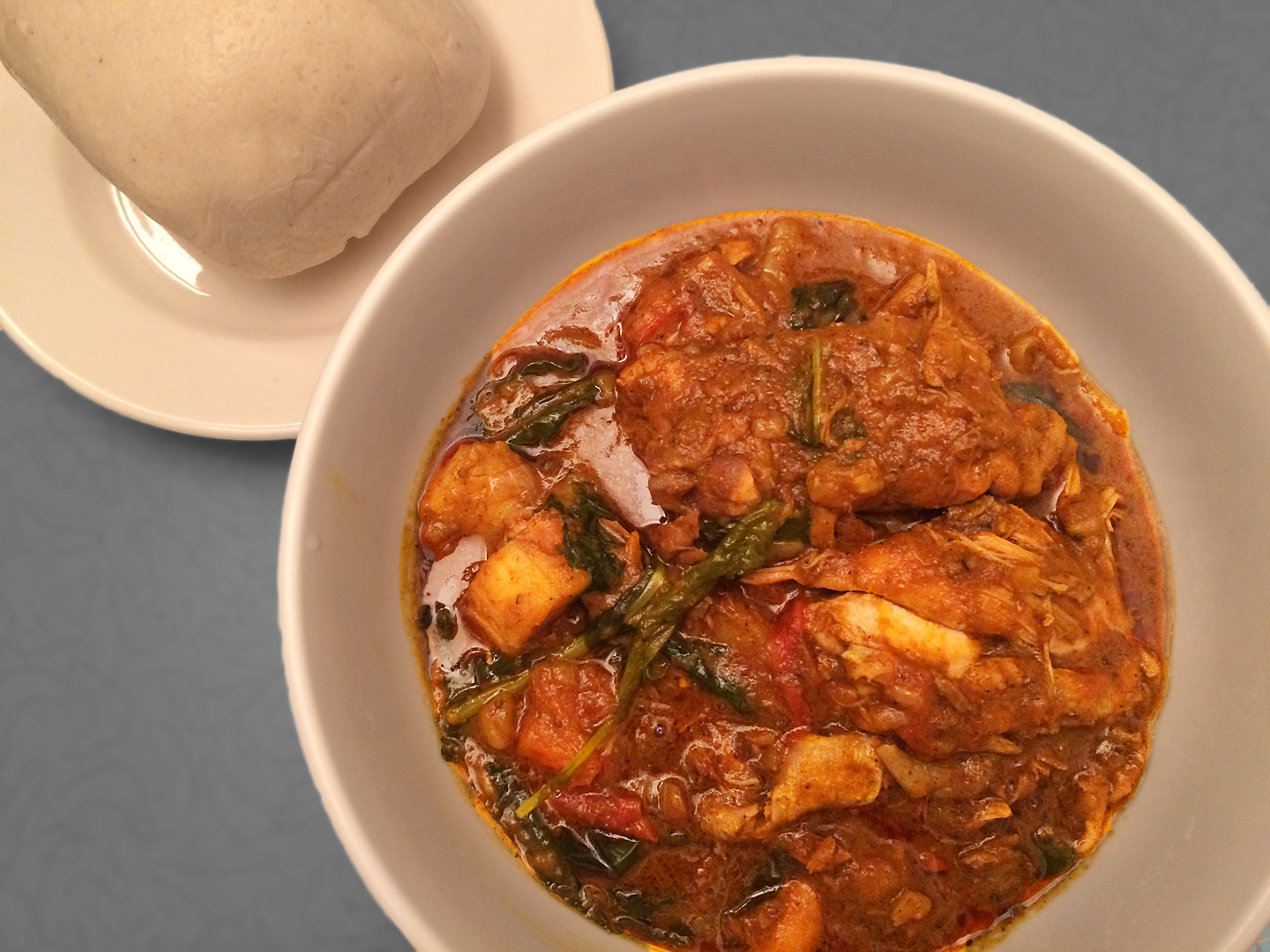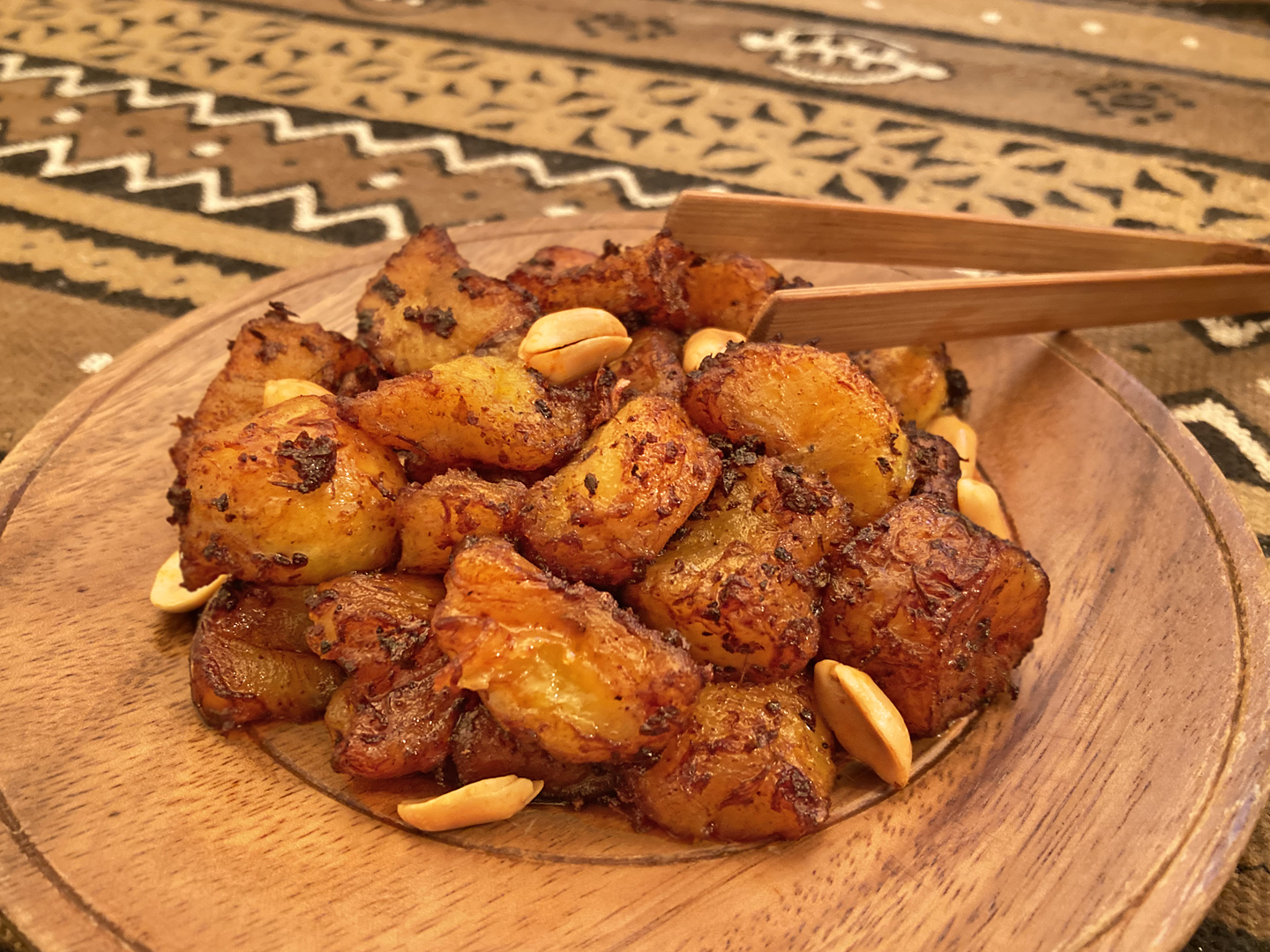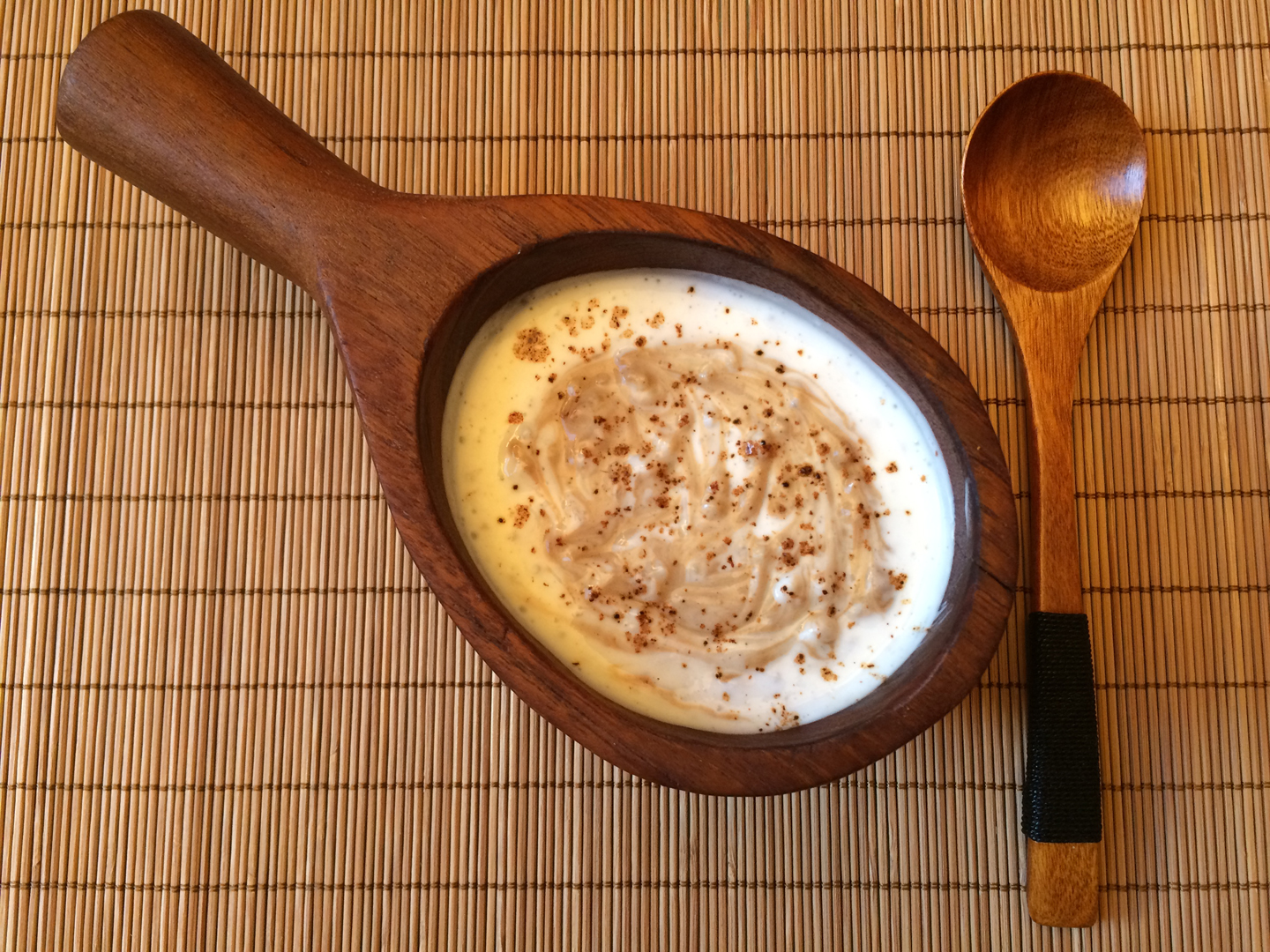👨🍳 Cooking in the Time of COVID 👨🍳
(Click on any image to view it in high resolution.)
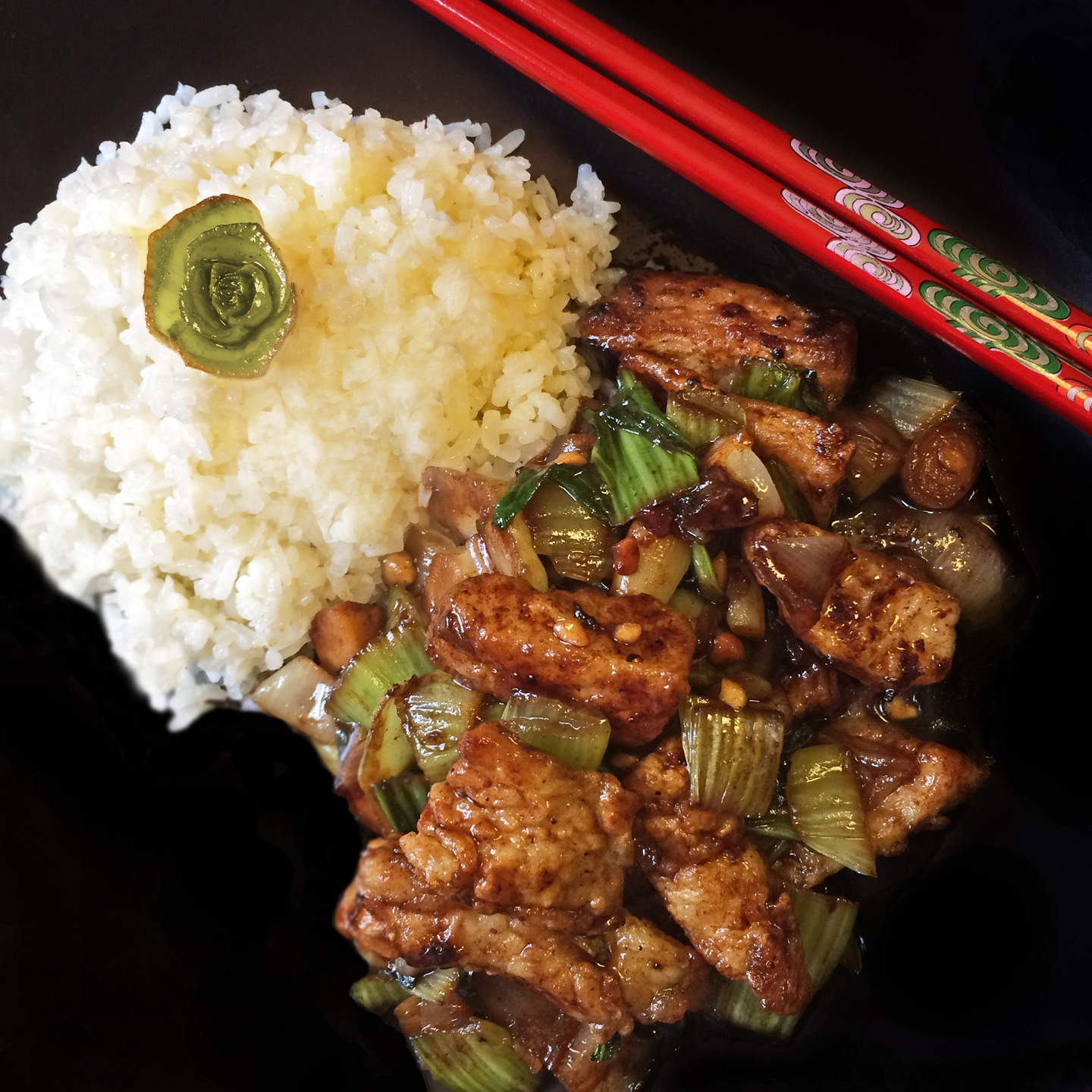
Part Two of Tilapia, Three Ways.
Full disclosure: this is Indonesian-ish, because it’s a complete and utter cheat which explains why it doesn’t even have a proper name. One of the key ingredients in the sauce is nasi goreng paste from a jar (heavens!), the intended use of which is to facilitate a quick ‘n’ easy version of Indonesian fried rice. Its ingredients are onions, dried chilies, shallots, garlic, salt, palm oil, sugar, tomato paste, vinegar, black pepper and turmeric and it’s actually a pretty good product; I added a touch of kecap manis (thick sweet soy sauce) for sweetness and depth and some chopped peanuts for a little crunch. Onions and bok choy unused in yesterday’s Tilapia in Black Bean Sauce with Ground Pork post were the veggies of record; that little blossom perched atop the rice is a slice from the stem end of the bok choy.

As long as I was doing “Indonesian style” cooking, I decided to make pisang goreng (deep fried bananas) for a treat. (Yes, more comfort food.) The batter called for rice flour (although other types are widely used too), baking powder (some versions call for baking soda as well), vanilla sugar (my own touch), and salt, and I sprinkled the finished product with flaked coconut and a spicy coconut bumbu condiment I had in the freezer.
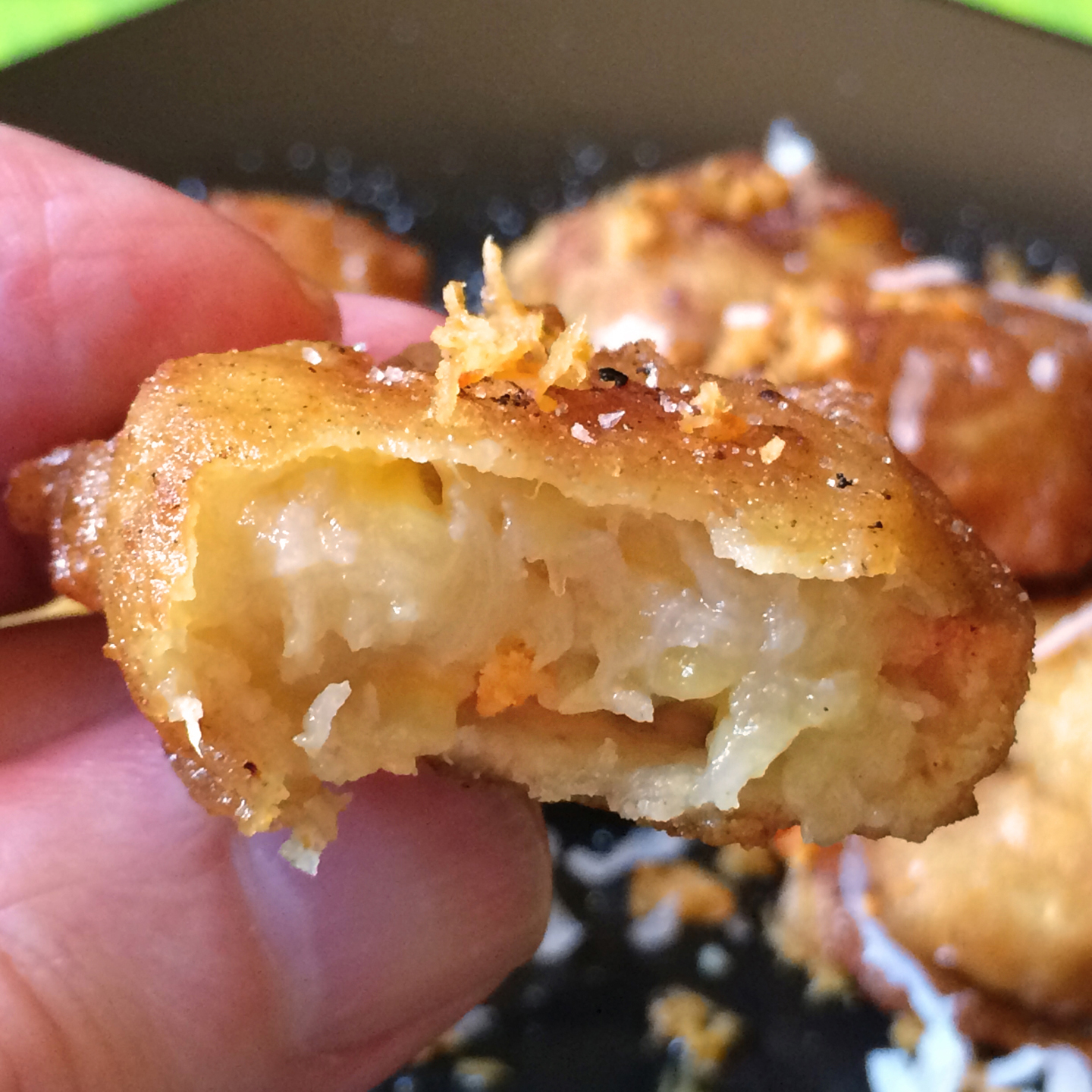
The inner workings; crispy on the outside, creamy on the inside.
More tilapia elevation to come….
Stay safe, be well, and eat whatever it takes. ❤️

